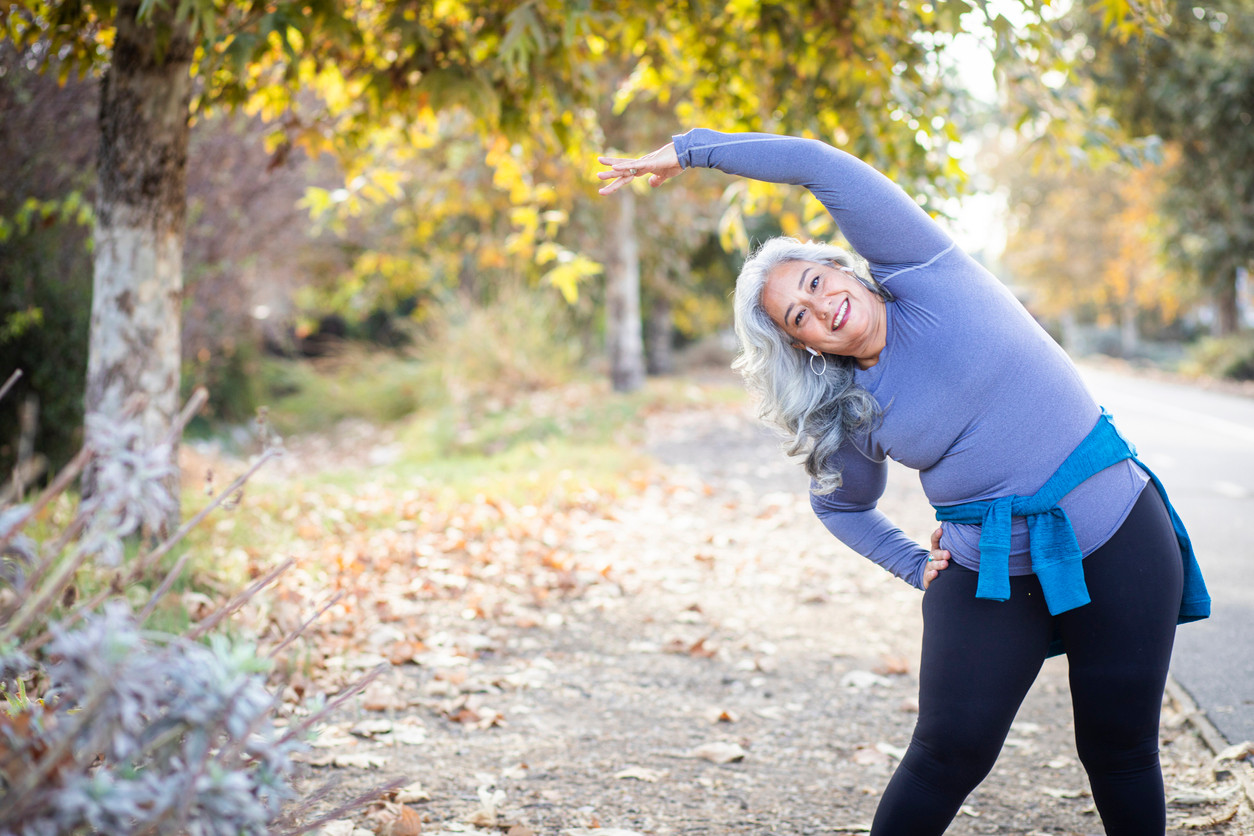Musculoskeletal Syndrome of Menopause: Causes, Symptoms, and Exercises for Relief
Joint pain, bone density changes, muscle weakness: These are part of musculoskeletal syndrome of menopause. Learn how to manage them with exercise and other treatments.
$0 cost to you
Published Date: Aug 13, 2024
Table of Contents
Tap into pain relief. Anytime, anywhere with our app.
Get exercises from a licensed physical therapist and more to relieve your pain. All right from your phone. At $0 cost to you.
Start your app tour- Standing Child's Pose
- Scapular Squeezes
- Seated Hip Flexor Stretch
- Cat and Cow Stretch
- Straight Arm Pull Downs
- Bird Dog
- Romanian Dead Lift
- Squats
